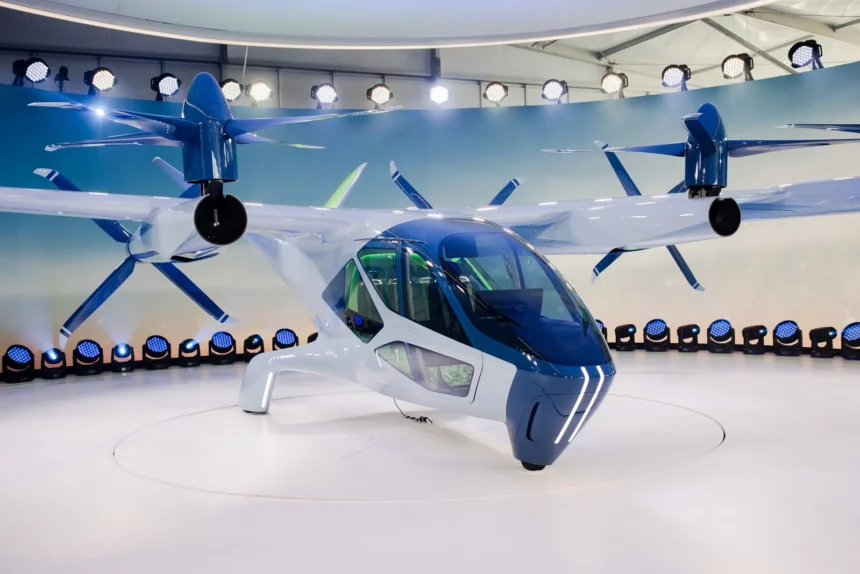While the current Consumer Electronics Show (CES) has witnessed a more subdued presence from major on-road electric vehicle players, 2024 appears to be a year where companies are once again pushing for the realization of flying cars. Hyundai’s air mobility division, Supernal, is actively working towards making electric vertical takeoff and landing craft (eVTOLs) a practical mode of transportation. The final product concept, named S-A2, is an all-electric eVTOL designed to offer safe, efficient, and affordable everyday air travel for a pilot and up to four passengers.
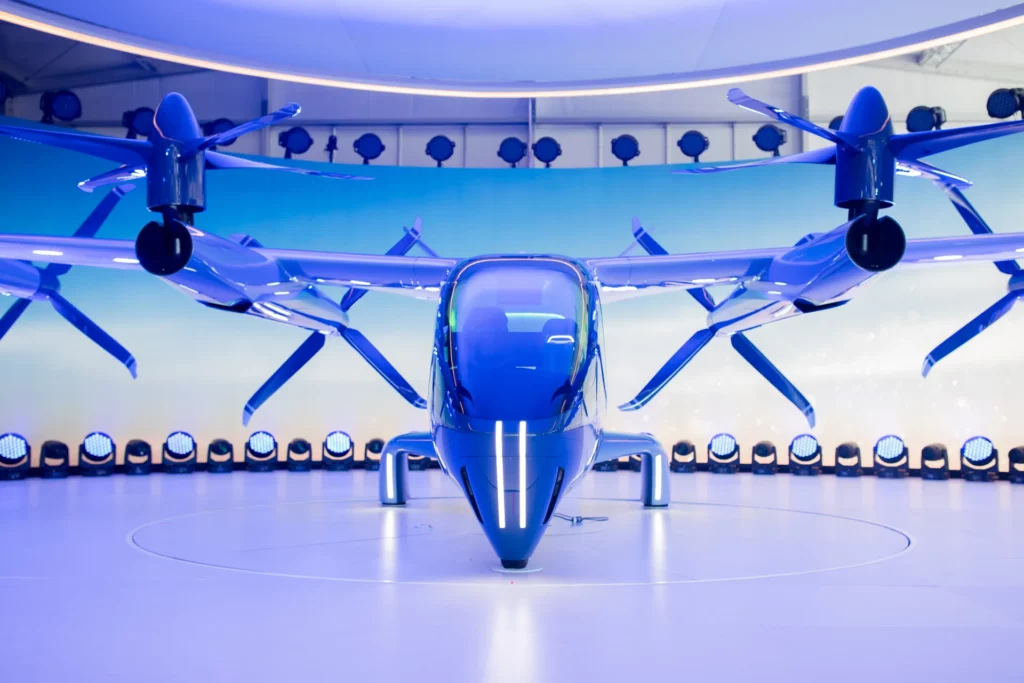
The S-A2 is an evolution of Supernal’s previous concept, the S-A1, showcased at CES 2020. This new model is designed to cruise at speeds of up to 120 mph at 1,500 feet, covering distances of 25 to 40 miles with a capacity for four passengers. Equipped with eight tilting rotors, the eVTOL is capable of vertical takeoff and landing, with the rotors adjusting position for normal horizontal flight.
One notable aspect highlighted by Supernal is the anticipated quiet operation of the S-A2. The company claims that, upon entry into service, the eVTOL will operate as quietly as a dishwasher, emitting 65 dB during vertical takeoff and landing and 45 dB while cruising horizontally. This emphasis on noise reduction is crucial for urban air mobility, aiming to minimize disturbances to the surrounding environment.
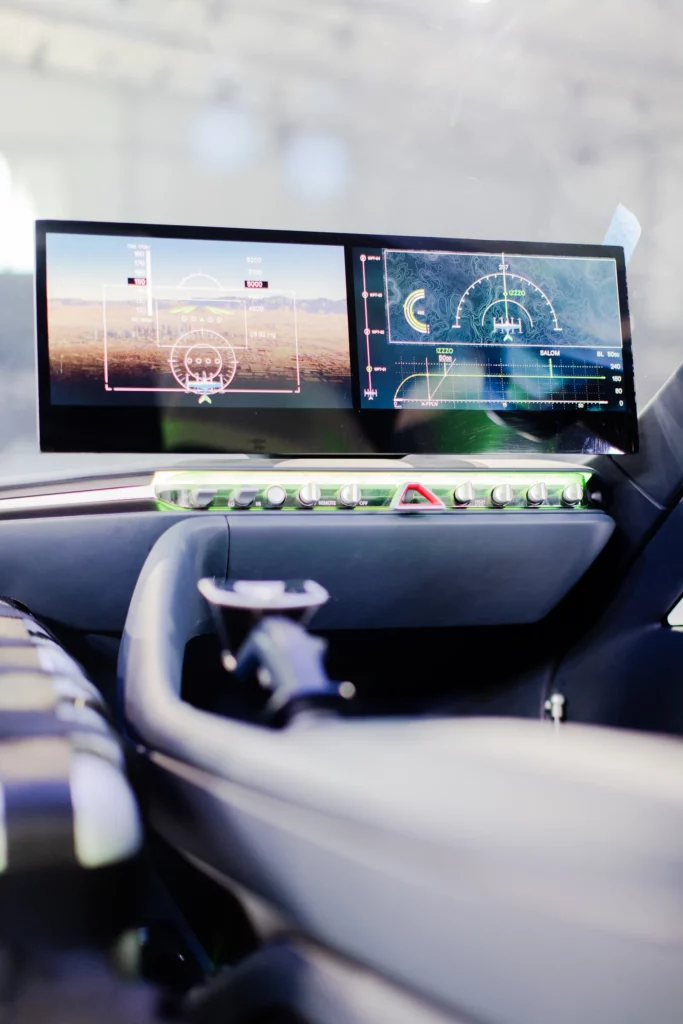
The design of the S-A2 is not only striking but also inspired by nature. Luc Donckerwolke, President, Chief Design Officer, and Chief Creative Officer of Hyundai Motor Group, explained that the placement of glazing on the fuselage draws inspiration from insects, specifically bees. The design seeks to maximize visibility, considering the different perspectives of passengers and pilots during flight.
Supernal employed a generative design for the seat frames to minimize metal usage, reducing weight and providing energy-absorbing properties for forces during vertical takeoff and landing. The cabin houses eight separate battery units located in the rear of the fuselage, with safety measures in place to ensure continuous power even if one unit malfunctions.
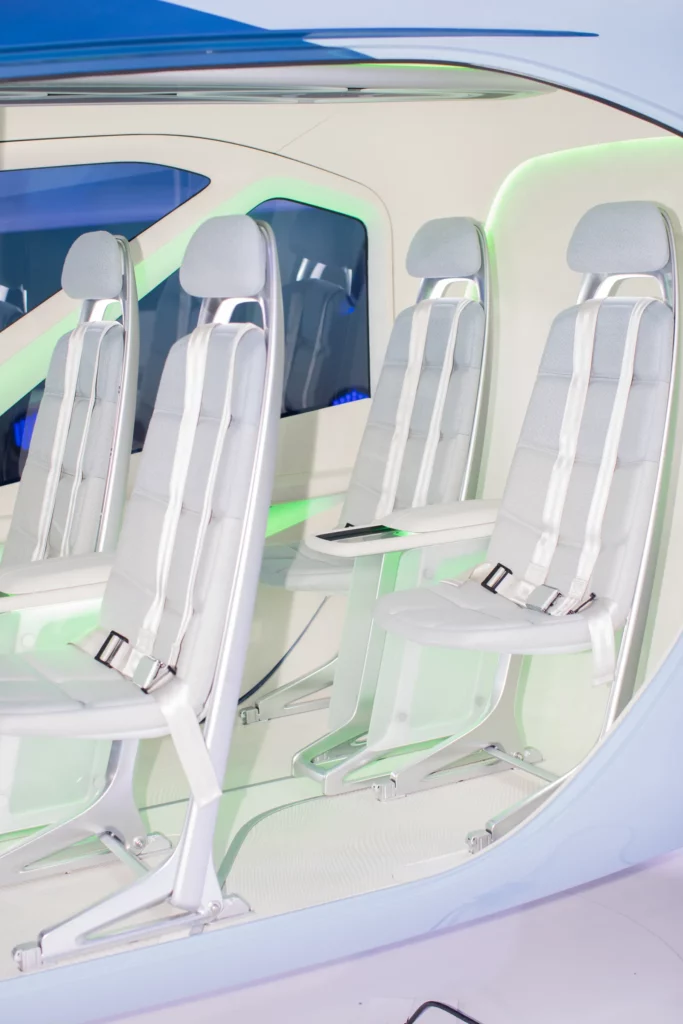
Regarding the eVTOL’s propulsion, Supernal aims to meet commercial aviation safety standards, incorporating redundant components not only in the powertrain but also in flight controls and avionics. According to the company, the S-A2 does not require all eight propellers to be operational for flight.
Jaiwon Shin, President of Hyundai Motor Group and CEO of Supernal expressed the company’s mission to create the right product and market at the right time. While test flights for the S-A2 are expected to occur at the end of the year, Supernal plans to enter the urban air mobility market in 2028.
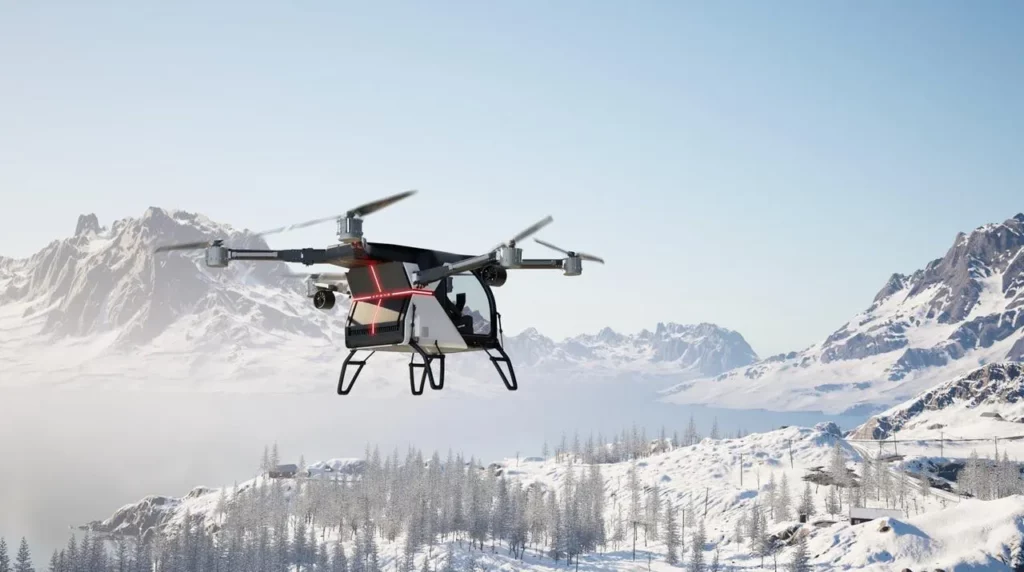
The CES event also witnessed other companies presenting their versions of flying cars. Xpeng’s AeroHT division introduced a modular flying car, termed a “land aircraft carrier,” which allows users to switch between land and aerial modes. The design comprises a three-axle, six-wheel hybrid ground module with all-wheel drive and an electrified powertrain that can recharge the air module.
Pivotal showcased its Helix, an all-electric personal aircraft with a starting price of $190,000, emphasizing ease of use and transportability. The Helix requires no pilot certification, features a 20-mile range, and can be charged from 20 to 100 per cent in 75 minutes.
While Supernal and other companies are showcasing advancements in flying car technology at CES, the realization of widespread urban air mobility is still a few years away, with various technical, regulatory, and infrastructure challenges to overcome.


